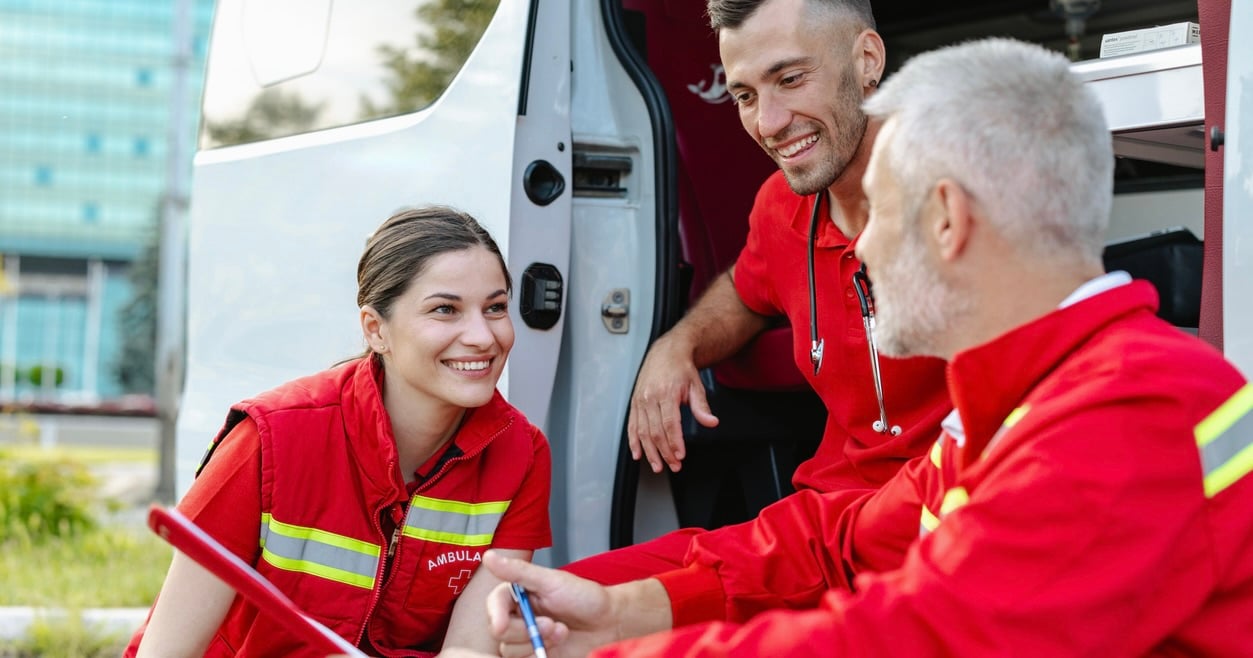Pulsara Around the World - 2025 Recap and January 2026
December Recap After an incredibly busy events year with 102 conferences, trade shows, and sponsorships, December was on the slower side for us, with...
2 min read
 Team Pulsara
:
Mar 02, 2017
Team Pulsara
:
Mar 02, 2017

EDITOR'S NOTE: Special thanks to Kris Kaull, B.S., NRP, CCEMT-P, FP-C (Pulsara's Chief Marketing/Growth Officer, 2013-2024) for writing today's blog post. You can connect with him on LinkedIn.
__
This past week at the International Stroke Conference in Houston, Mission: Lifeline Stroke released two documents related to prehospital LVO care.
This is a dynamic field of medicine and research continually changes. We, as medics, need to be working as part of a regional system of care. The patient should be the focus. AND, it’s a team effort that includes EMS, ED, Radiology, Neurology, Cath, Pharmacy and many others.
WHAT ARE THESE TWO DOCUMENTS?
ABOUT THE SEVERITY-BASED STROKE TRIAGE ALGORITHM FOR EMS
EVERY EMS provider should read this document. It provides the most current stance on where we have limitations (in both research and capabilities), and it also outlines three core definitions.
SEVERITY-BASED STROKE TRIAGE ALGORITHM FOR EMS
For those of you in EMS, you’re familiar with PALS, ACLS or BLS algorithms. This algorithm follows along similar lines, but for a patient who’s having a suspected stroke:
QUESTIONS: Do you have updated stroke protocols? Do you provide standardized training across your entire EMS system? Would you bypass the closest hospital and transport directly to an EVT-capability stroke center? What if the hospital is 15 minutes further? What if it’s a 60 minute longer drive? When would you choose to transport via air medical vs. ground?
These are the conversations we should be having in our community.
Our patients deserve it.

December Recap After an incredibly busy events year with 102 conferences, trade shows, and sponsorships, December was on the slower side for us, with...

Editor's Note: In July 2025, EMS1 and Fitch & Associates released their annual EMS trend survey, What Paramedics Want, proudly sponsored by Pulsara....
![[PRESS RELEASE] Published Research Finds Up to 31% Faster STEMI Treatment Times in Rural Hospital Setting with Pulsara](https://www.pulsara.com/hubfs/_1_website-page-blog-assets/pulsara-hosp-teams-assign-cardio-stemi-rn-1200x701.jpg)
Published research shows how using Pulsara, alongside standardized field activation and a focus on stakeholder relationships, improves STEMI care and...